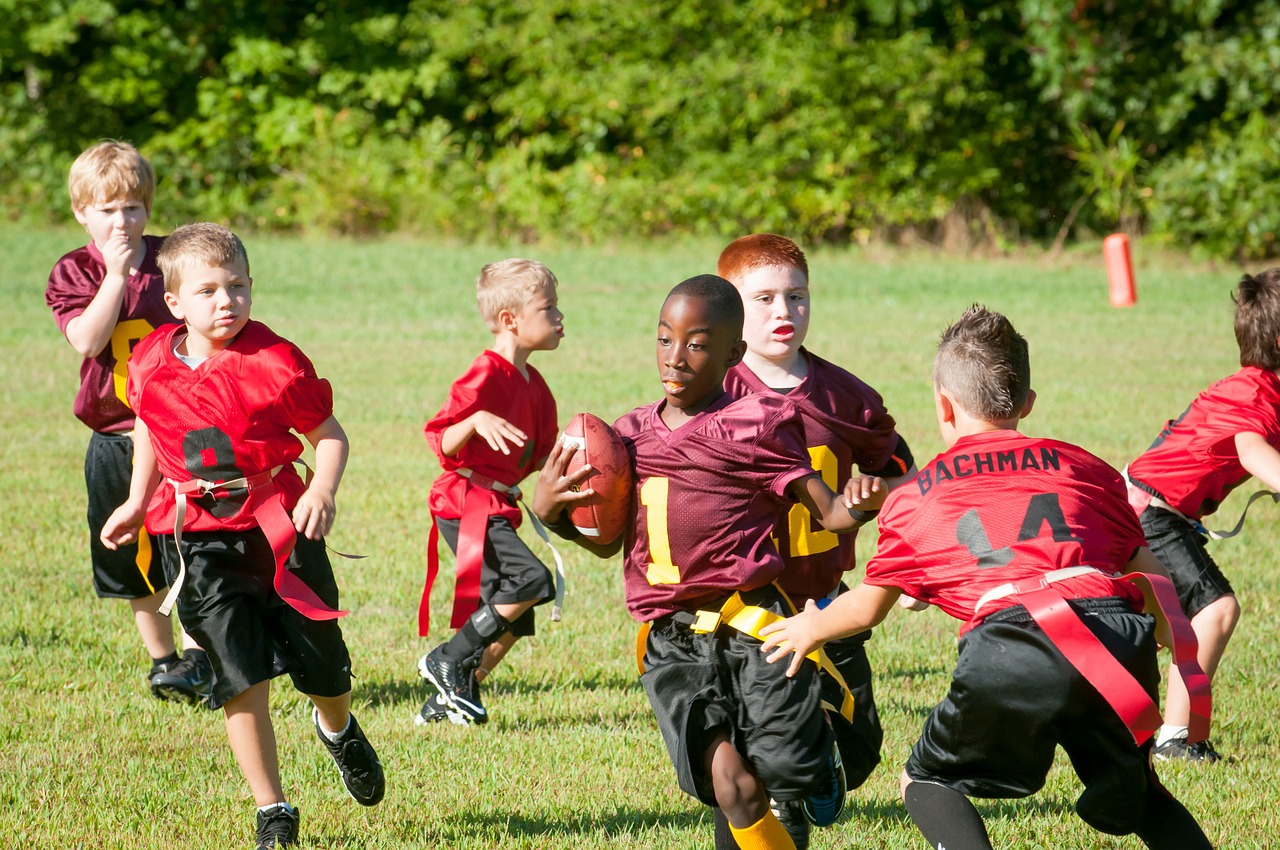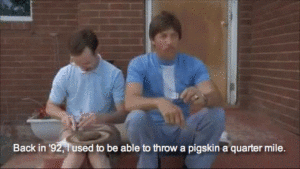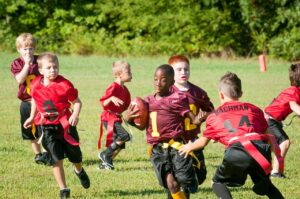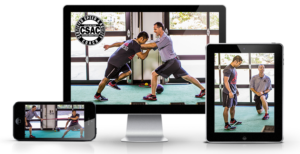
What Happened to “Global” Athleticism?
Back in my high school sports career, I was much more quick than I was fast. Actually, I wasn’t fast at all.
Apparently, the combination of not eating great and not having any organized strength and conditioning programming doesn’t exactly do wonders for building speed that cripples your competition. So, regardless of the sport in question, I was left to fall back on my skills for any success I had.
Looking back, though, it fascinates me that I was actually still pretty quick, and it was readily apparent. In the sports I played – soccer and tennis in high school – I was a much better indoor soccer player (smaller field = more change of direction) and doubles player (cut the court in half = more change of direction). When the field of play opened up and top, straight-ahead speed mattered, I didn’t show as well.
In hindsight, I still think it’s intriguing that I was still able to develop a strong proficiency in change of direction work without any specific quickness or agility training. I didn’t see an agility ladder until I was well into my 20s, and only time we ran “shuttles” in practice was for punishment, not developing quickness.
What I did do, though, is play every single kind of sport possible: soccer, tennis, baseball, basketball, football, ultimate frisbee, wiffle ball, street hockey, dodgeball, volleyball, you name it. I grew up next to a church, and it had a large grass parking lot that was only used a few hours each week – and the rest of the time, it was a field for all the kids in our neighborhood to play pick-up anything and everything. In high school, some buddies and I even started a weekend rugby pick-up game even though we had no idea how to play rugby. I was the kid who was soaked with sweat at the end of gym class and I wore it like a badge of honor.
Before I drift off into an Uncle Rico moment, let’s talk about what this means for you.
Kids don’t do this anymore. I don’t want to sounds like an old man complaining about how generations have changed, but there isn’t the same kind of day to day free play that previous generations have had. Moreover, even the athletes who do have a daily “training” stimulus of some sort have less variety in that stimulus. Instead of playing touch football on Sunday, wiffle ball on Monday, volleyball on Tuesday, basketball on Wednesday, etc., they just play soccer every day for the entire year. This obviously has injury and burnout ramifications, but even beyond that, it reduces the likelihood that these athletes will “accidentally” develop athletic qualities like I did. Variety served me well, even if it wasn’t intentional.
Each August , Cressey Sports Performance coach John O’Neil and I carvee out some time to discuss speed and agility progressions for our offseason baseball programming, and we always seem to arrive at this point in some detail. If athletes have a “global athleticism” foundation like I did, they can probably thrive on just 2-3 days per week of true speed, agility, and quickness work as part of their strength and conditioning program. However, since we’re losing out on this variety at the youth levels now, we have to make a more dedicated effort to getting it with our training. In the past, we could assume some baseline of “reactive ability” and just initially focus on getting them strong (and don’t get me wrong; that is still the most important thing).
Nowadays, however, the untrained, specialized kids need to do something “athletic” every day. They need to skip, hop, jump, and throw medicine balls every single time they come to the gym. It’s not enough to take the “Just get them strong!” mentality.
[bctt tweet=”Kids must train power daily now since they don’t have free play like previous generations did.”]
And if you’re going to program more “global athleticism” – speed, agility, quickness – work, you better understand how to coach it. To this end, there is no better resource on this front than Lee Taft’s Certified Speed and Agility Coach course. It’s on sale for $200 off through the end of the weekend, so I’d definitely encourage you to check it out at this great discount.






